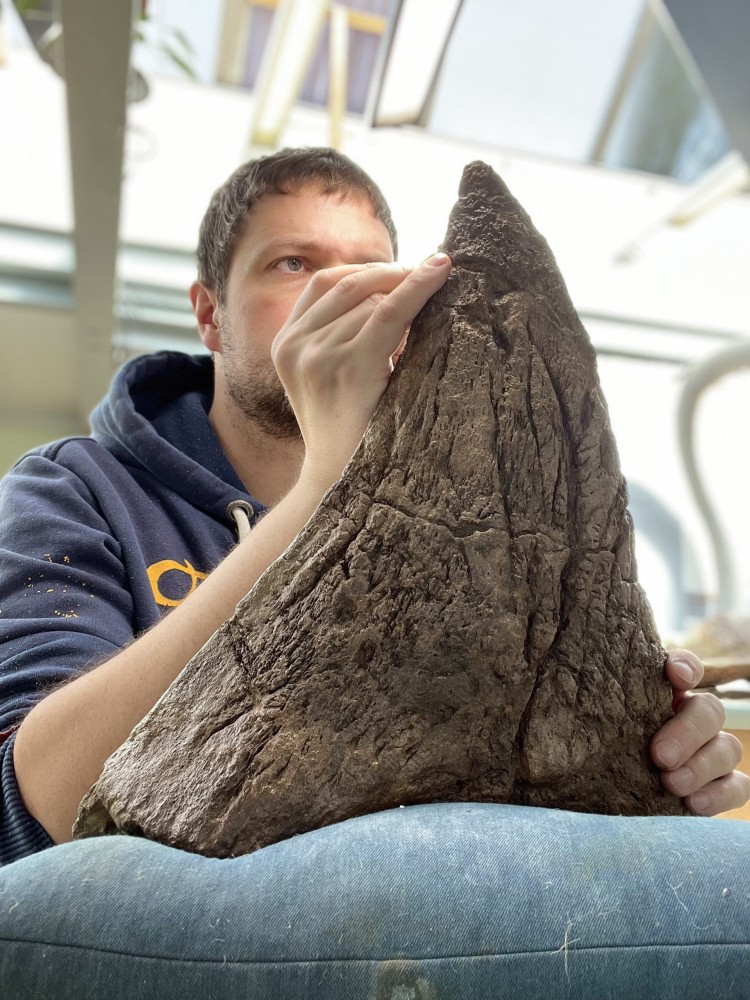Eight of the rarest dinosaurs unveiled in Hong Kong
Aug 18, 2022
An unprecedented exhibition of its kind, The Hong Kong Jockey Club Series: The Big Eight – Dinosaur Revelation brings eight of the world’s rarest dinosaurs to the Hong Kong Science Museum. Michelle Ong, Nils Knötschke and Dr Nizar Ibrahim speak to Zaneta Cheng about the incredible science, state-of-the-art illustration and extraordinary specimens that make up the greatest dinosaur show on Earth
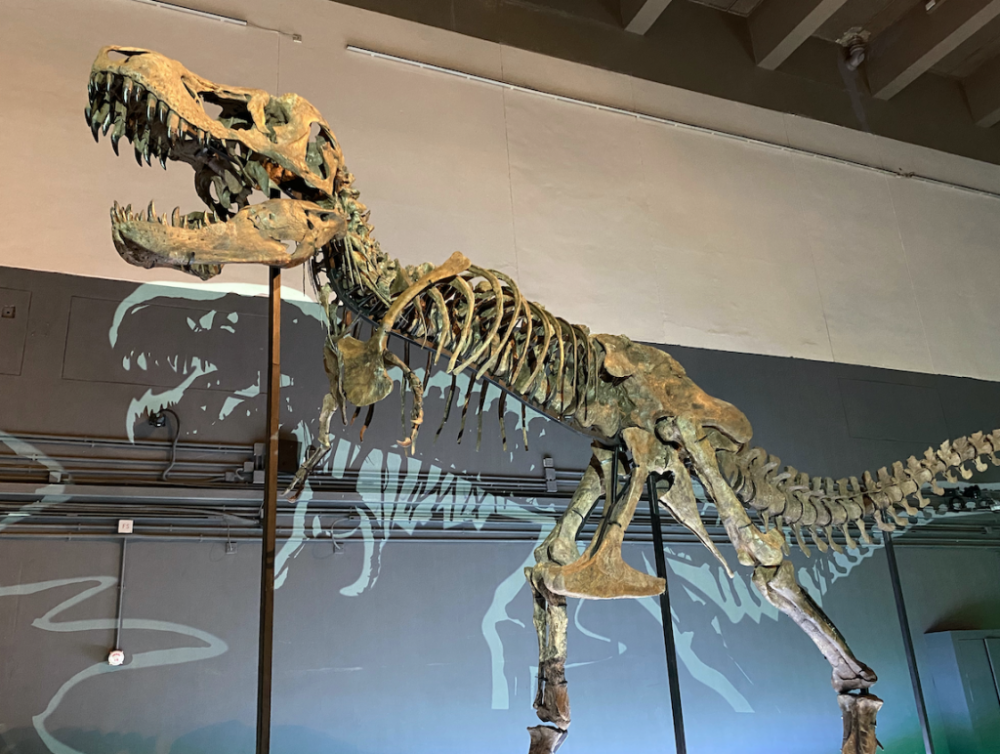
Nothing brings people and generations together quite like dinosaurs. Michelle Ong, chairman of the First Initiative Foundation and Amanda Cheung, managing director of the First Initiative Foundation understand this well. Having already brought TAD (the American dinosaur) to Hong Kong in 2018 for the premiere of Jurassic World, Ong and Cheung worked together alongside CEO of Higher Visions GmbH, Christoph Keilmann, to create something bigger and even more spectacular.
Also see: #legendeats: Bluhouse chef Giovanni Galeota defines the authenticity in Italian cuisine
“I thought, ‘This is something we want to expand,’” Ong recalls. “Chris was saying, ‘Three years from now, the last Jurassic movie will be out, and they have eight dinosaurs as the stars, so why don’t we think of having a satellite connecting each of them in every country, with one in Hong Kong, one here, one there?’ I said, ‘Forget it, why don’t you just bring them all here?’”
From there, Ong and Cheung worked with project manager Nils Knötschke and palaeontologist Dr Nizar Ibrahim, against limited time, a pandemic and war in Europe, to bring eight dinosaurs to the Hong Kong Science Museum in time to celebrate the 25th anniversary of Hong Kong’s return to China.
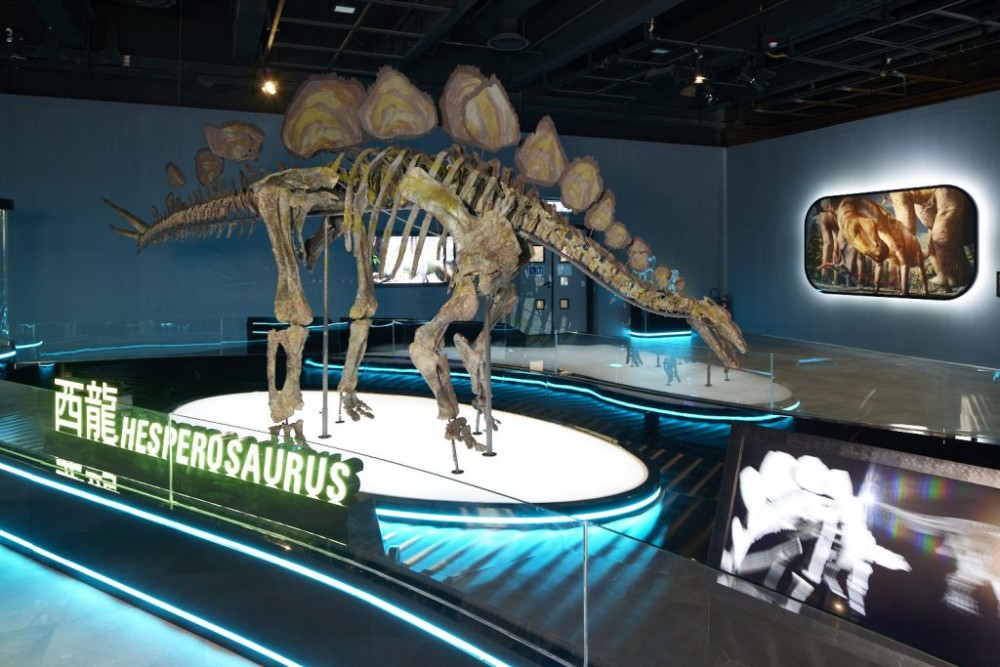
The eight dinosaurs presented in this exhibition are all rare and unique. How were they curated? Would you say they represent a period often referred to as the “Golden Age of dinosaurs”?
Nils Knötschke: The whole thing started in 2018 when we had TAD the T-rex – one of the most iconic dinosaurs we know of – in Hong Kong. After that event, we made a wish list of dinosaurs or dinosaur skeletons that everybody knows and we came up with iconic ones that everyone tends to know like the Diplodocus, the long-necked dinosaur, and of course, the T-rex. We also came up with some of the most spectacular dinosaur discoveries from the past 10 years like the Spinosaurus that Nizar can talk more about.
Also see: Cover Story: Ji Chang Wook x Buccellati & Tod’s
Nizar Ibrahim: What we wanted to do was to bring together some of the most iconic dinosaurs in the world, so we knew we would have to have a T-rex, a Triceratops and a Diplodocus, but the thing about the most iconic dinosaurs is that many of them are North American dinosaurs, so we kind of have a biased view of the world of dinosaurs and we wanted to make sure that we provide a more global perspective in this exhibition.
So we included some really exciting, new dinosaurs from other parts of the world, including our Spinosaurus, which is the largest predatory dinosaur that happens to be an African dinosaur. We also included a giant flying reptile from Romania.
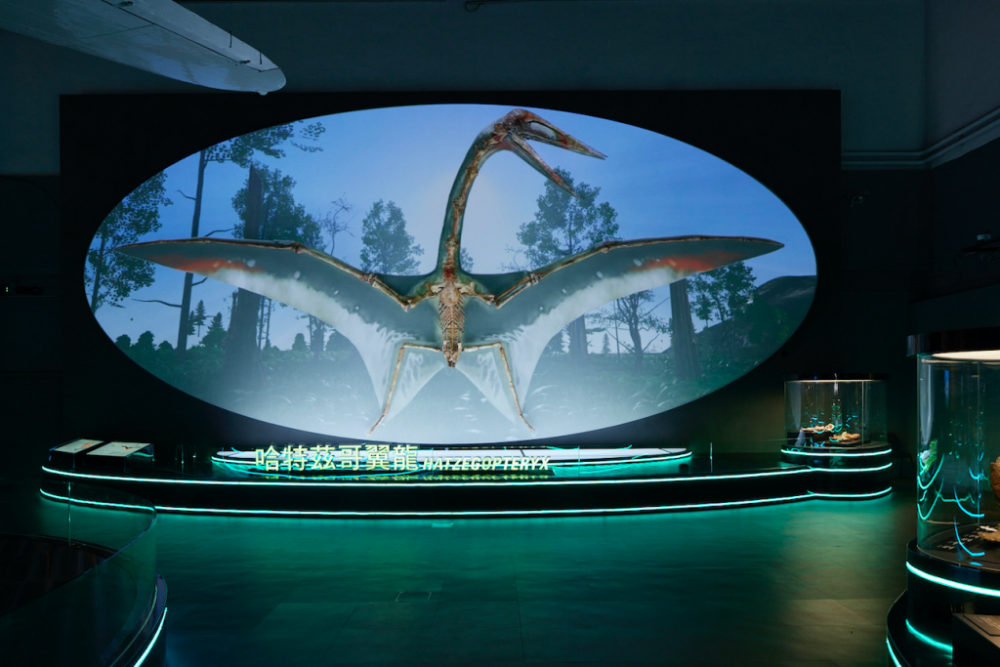
These eight animals are special for different reasons. Some of them are remarkable because they’re very complete skeletons. We’ve got an Allosaurus, for example, which is a very complete skeleton, and that’s what makes that special. There are other Allosaurus skeletons – it’s not a very rare dinosaur – it’s just that this skeleton is particularly well preserved and complete.
Our Triceratops skeleton is the largest such skeleton in the world – a record-breaking specimen. Our Spinosaurus skeleton is the first scientifically accurate reconstruction of this dinosaur, which is special because it breaks the mould; it’s a dinosaur that does things that no other dinosaur does because it’s essentially a river monster.
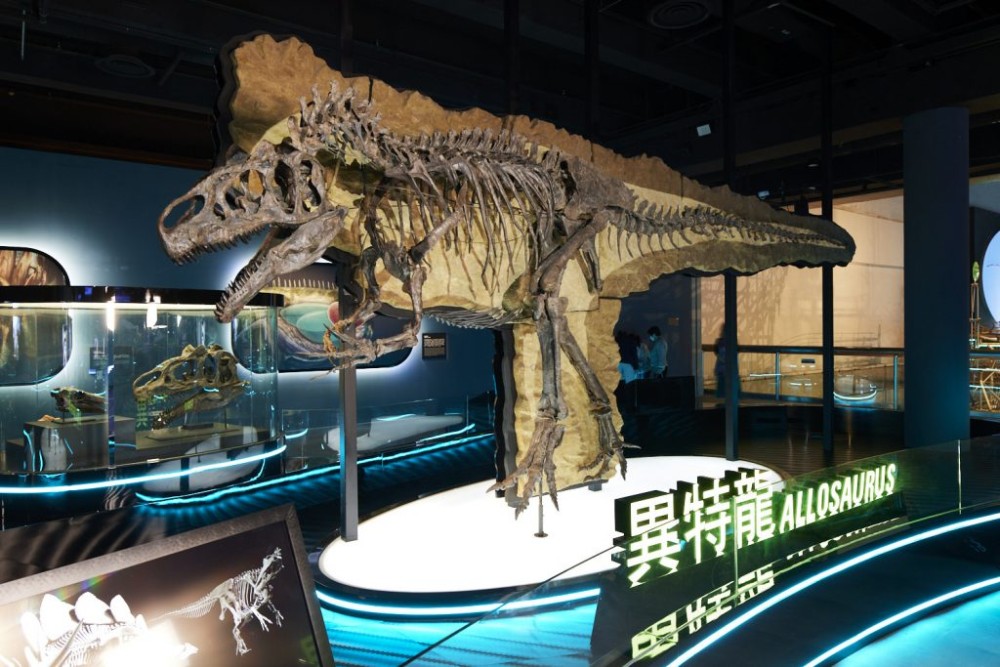
We used to think that dinosaurs were essentially confined to life on dry land. The prevailing dogma was that dinosaurs were all terrestrial animals that never invaded the aquatic world. The discovery that the Spinosaurus was a largely aquatic animal is a fairly recent one, so this is the first time we were able to incorporate all of the new discoveries, all of the new information about this dinosaur and present it to the public.
The giant flying reptile that we have in this exhibit – which, strictly speaking, is not a dinosaur but a pterosaur, a flying reptile that lived alongside the dinosaurs – is special because it’s the largest flying creature ever to evolve that we know of and it’s the first time that a scientifically accurate reconstruction of one of these giant flying reptiles has been put together.
You asked whether these are the most iconic animals from the Golden Age of dinosaurs. Our skeletons cover a huge expanse of time; they range from the Jurassic period to the end of the Cretaceous period, so we also have a nice breadth in time.
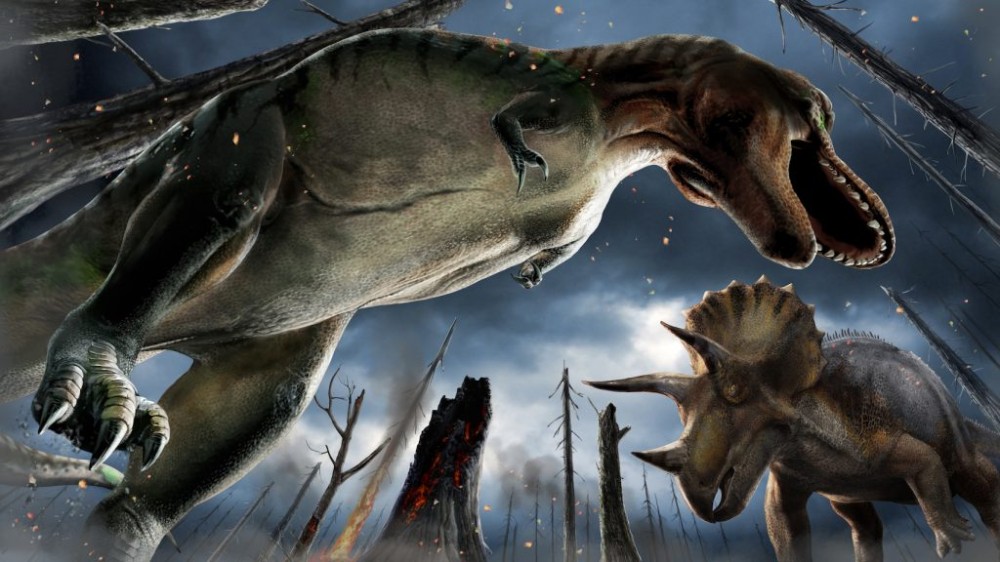
Given that these skeletons are such unique finds and almost all are emblematic of their fossil type, how did you manage to negotiate or secure them from all over the world for an exhibition in Hong Kong?
Knötschke: It was difficult, but we’re like dinosaur hunters. We love looking for specimens and learning about them from different universities and museums. We flew to Romania, to America and to Switzerland. When the hard phase of the project started, I was living in Switzerland because four of the specimens were from Switzerland and my team and I had to speak with everybody.
It wasn’t easy, especially with some of the specimens from Romania. Normally you have a lot of time to just talk to museums, but we pretty much had half a year to get all the fossil specimens together. Museums weren’t doing any exhibitions because of the pandemic, and there was a war in Ukraine, so many of the major museums we spoke to thought we were crazy to bring an anthology event like this one to Hong Kong in 2022.
What was one of the crazier moments you remember of sourcing specimens for this exhibition?
Knötschke: The most iconic or most beautiful moment of all was the Triceratops. We found it in North Dakota this past January, so we managed to prepare the complete dinosaur for the show in Hong Kong in less than five months. First the bones were prepared, then they were rescanned before being mounted in Italy by our team there into a full skeleton.

What do you mean by preparing bones?
Knötschke: The bones come from rock. They’re just found in a field so they’re not completely freed from stone. You have to free them completely from the rock and the cleaning process usually takes a very long time. In this case, we had six preparators prepping on one skeleton. The bones were scanned by our team in Italy and they went to Switzerland to be assembled so it was nice to see all the things connect. The FIF team helped us with all the problems regarding transport and Michelle was always fighting for the entire exhibition. I’ve never done an exhibition of this size before and I’ve been working with dinosaurs for over 20 years. This was the chance of a lifetime.
And how about you, Nizar?
Ibrahim: Thing is, a project like this has so many moving parts. There’s the core team, and Michelle helped us tremendously, but you also have all of these other important people involved.
On my side, for example, I wanted to work with Davide [Bonadonna], who is the best paleontological illustrator in the world. I wanted to make sure that every aspect of the exhibit would be top-notch. It’s not just about packing up and mounting the skeletons; there’s an incredible array of paleontological art that’s been created especially for this exhibition. The art could be a major exhibit in itself.
It’s pretty unusual because typically, what museums do is they will buy the rights to show a certain piece of artwork in their exhibit and it ends up being a mix of different artists and styles. I wanted to make sure we have consistency and that this is basically our world of dinosaurs. So all the artwork and the animations for the beautifully animated sequences that we have in the exhibit look exactly like those in the 2D artwork. It was a lot of work – under normal circumstances, they would have needed five times as much time to complete one piece of artwork.
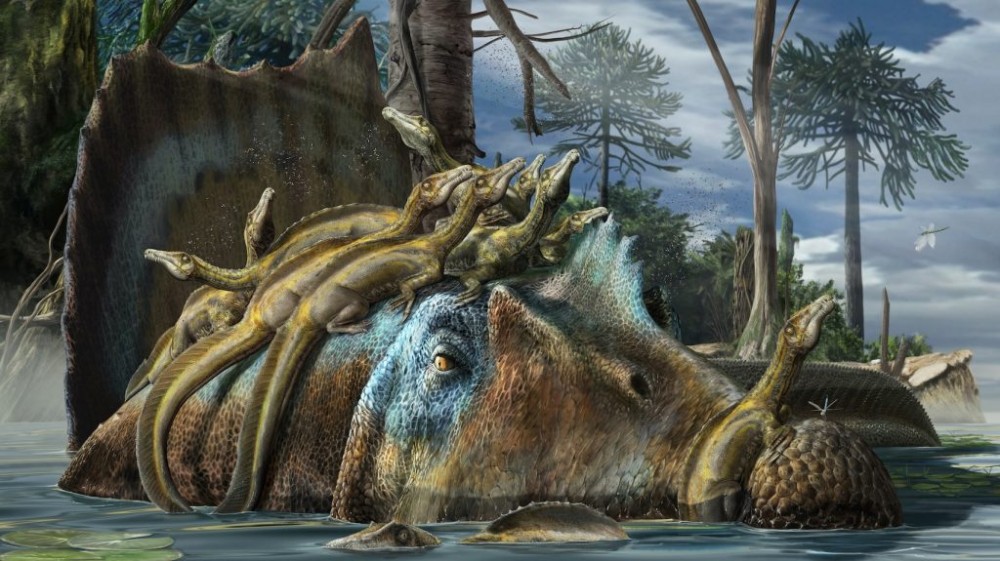
Michelle Ong: This aspect is too often neglected. People think, “Okay, this is nice”, but no meaning or information has been attached to the art that people see alongside the skeletons. I heard from Davide that he had to do so much in such a short time that he had to ice his hand because he was overworking it so much while he was painting. From what I understand, he specialises in skin and bone. That’s why the accuracy is so amazing.
Ibrahim: We created the artwork specifically for the exhibit. I’ve worked with Davide for many years and he originally started off illustrating medical textbooks and human anatomy so he really understands bones and muscles. The images in the exhibition are based on the actual skeletons that are on display, so we didn’t just draw a generic Spinosaurus or a generic Allosaurus. Those are based on the actual individuals you see in the exhibition, which is unheard of; that’s not how it normally works.
Also see: 5 things to know about Alchemy of Souls star Hwang Minhyun
In terms of the storytelling, that’s great because you really feel like you’re entering our world of dinosaurs. How they’re depicted is how we imagine Spinosaurus and Allosaurus. It’s all consistent. There isn’t a jarring discrepancy where you have completely different styles or artwork, so that’s definitely worth mentioning.
As a layman whose knowledge of dinosaurs is drawn mostly from Jurassic Park, I’m gathering here that scientific accuracy of exhibitions is something of a sliding scale?
Ibrahim: Yes, it’s something very unique about this exhibit and many people don’t fully appreciate this – the science in this exhibit is absolutely cutting-edge and trailblazing. Typically what happens is that people will do the science, then years later that science will slowly start trickling down and appear in a museum exhibit. By the time the exhibit is set up, the science is already out of date. Maybe the skeletons aren’t mounted the right way, maybe the panels aren’t really up to date. In this exhibit, I really poured everything into the maths and the science.
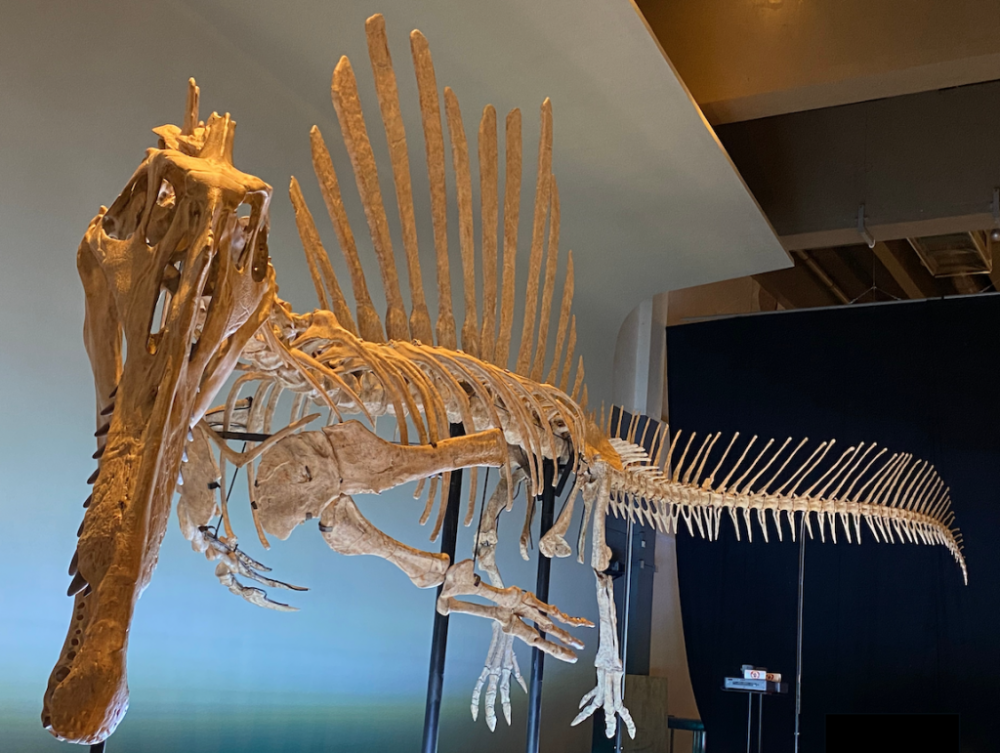
For example, the tail of our Spinosaurus was just featured on the cover of Nature, the world’s top scientific journal, in 2020. But what is even more remarkable is that we also included some unpublished science and research, so we included things in the exhibit that even other scientists don’t know about yet.
The skull of our Spinosaurus, for example, includes information from the back of the skull that we haven’t even published yet. Similarly, the giant flying reptile – the reconstruction we put together is the most scientifically accurate reconstruction ever made for one of these giant pterosaurs, and right now, today, actually, I’m writing this up. This is going to be published maybe next year. It’s very unusual for an exhibit to be this scientifically accurate. Even the world of science still has to wait.
When I was writing the panel text – I remember when we submitted the panel text just before printing, the paper had been published just three days before, and I went back to one of the panels and changed the text just to make sure it was as up to date as it could be. If you’re a normal visitor, you might not know this, but the science is just off the charts. Maybe I did go a little crazy with the accuracy but it makes it a very special experience for a palaeontologist. If you’re a scientist going to the exhibit, you’re going to be like, “What!? I didn’t know about this!”
Ong: There can never be too much, Nizar. For me, exhibitions like this should be for everyone at all levels. So I think it is a mark of success if a four-year-old can get something out of this as well as top scientists in palaeontology.
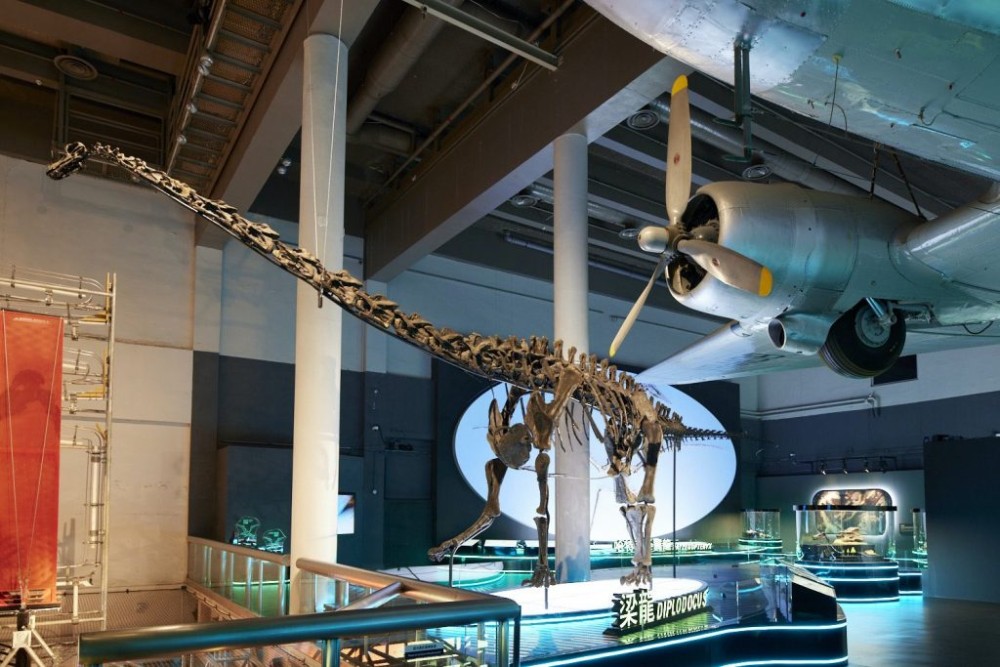
Knötschke: All the small details contribute to the “wow” effect that people get when they enter the exhibition.
Ibrahim: I think we all knew that really what we were putting together is the greatest show on Earth as far as dinosaurs are concerned. So if you’re going to have this potentially once-in-a-lifetime opportunity to put together the ultimate dinosaur experience, you probably want to do your very, very best. We wanted to present everything in a different way that would be fresh and novel, and innovative.
Take the flying reptile. These are typically hung from the ceiling in other museums, but I decided to mount them on a wall like a butterfly and use that wall as a surface for projection mapping. We also had the Spinosaurus in a swimming pose and in a river world so that we could give visitors an immersive experience.
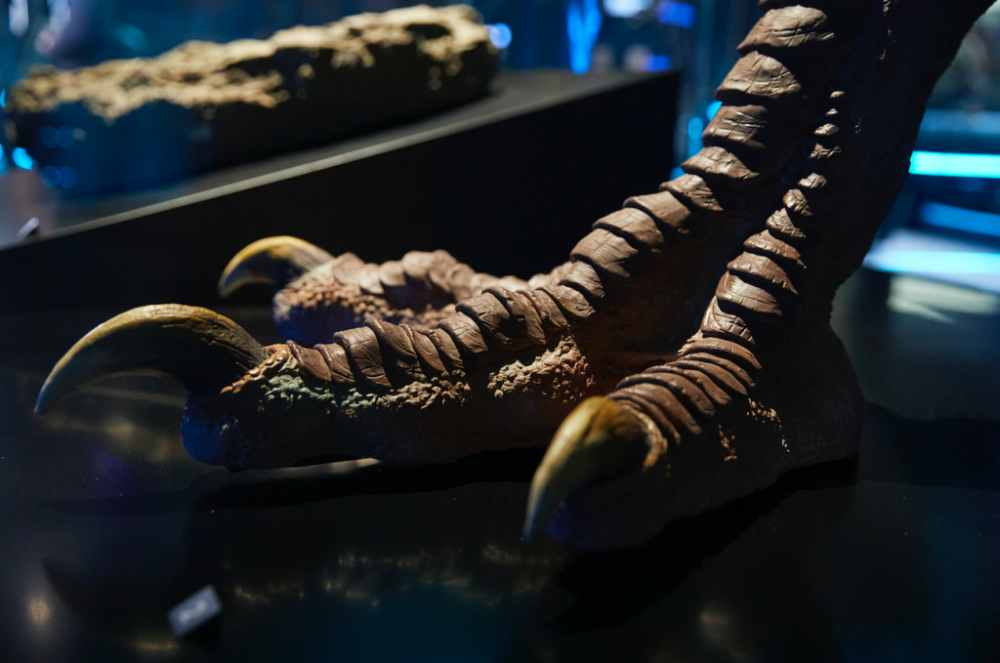
There was no blueprint for it. It’s not like we looked at what the Natural History Museum in London did or what the American Museum of Natural History in New York did. Our colleague in the Netherlands mounted the skeleton according to instructions sent over email – you pray to God he’s seen all your emails in terms of the proportions of the skeleton because that skeleton mounted on the wall has to match the skeleton drawing that another man put together and this then has to be projected halfway across the world in an exhibition space in Hong Kong that nobody has been to. And you’re all wondering whether it’s going to work or not.
The whole thing required a leap of faith. Michelle had full trust and faith in our ideas and abilities but we were telling people about something that had never been done before. So in a sense, we were selling a dream exhibit where we didn’t have reference points for some aspects and components, making it hard to convey in conversations.
Ong: I’m incredibly proud of this team here. They’re really the dream team. Everybody sacrificed many things to make this happen. We came up against resistance. Because when others don’t have a vision, the problem is that one doesn’t even understand what they do not understand. But, despite adversity, we have overcome it all.
All photos and illustrations courtesy of “Dinosaurs Unleashed” HK 2022
Also see: #obsessed: top picks from Aesop, Dior, Gucci, La Prairie and more



























